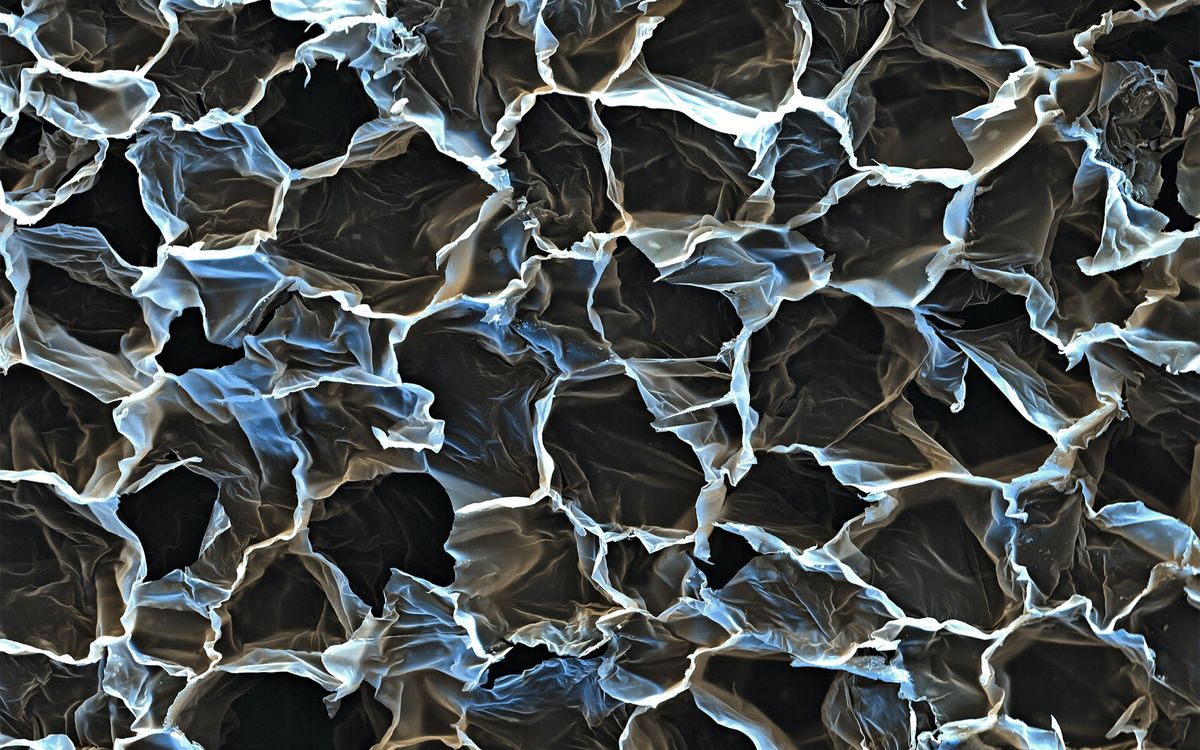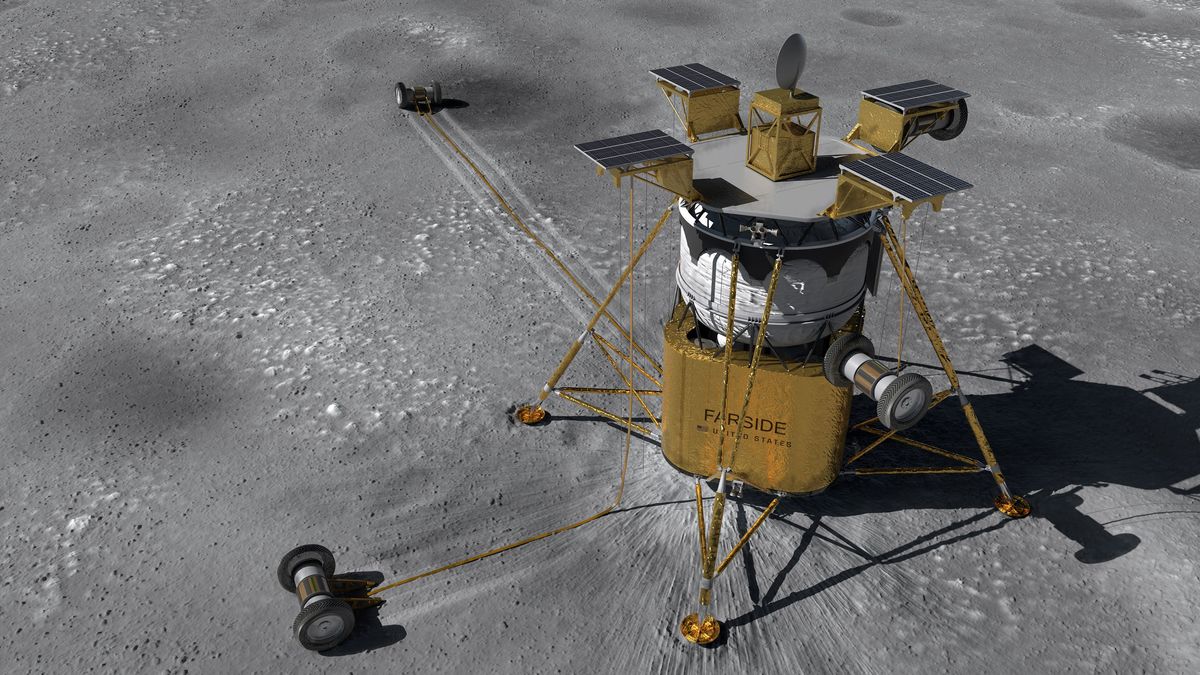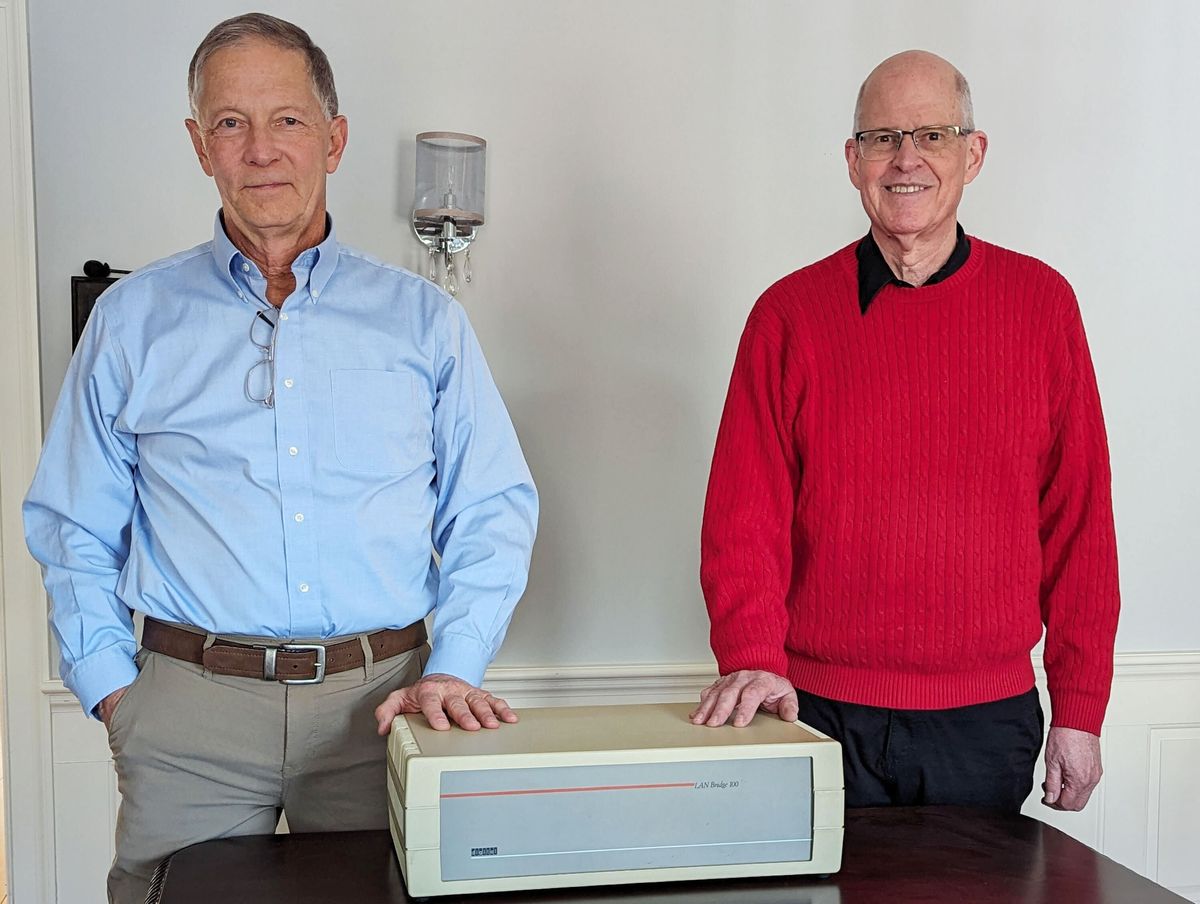Confusion is a major obstruction to developing clean energy policy. “Fact” and technical opinion come from a wide range of biased sources with no independent validation. As a result, our political leaders are forced to make decisions in an environment of enthusiasm, bias and hype.
As noted in my April 22 blog, one way to minimize confusion is through strategic scenarios; create the future target then a plan to get there. Today’s blog shows how disciplined systems engineering provides trustworthy facts. We cannot eliminate ideological differences. To create sound policy, value differences still need to be resolved in the political arena. But classical systems engineering provides the factual basis and management processes to push back against bias, enthusiasm, and hype, enabling policy-makers to make informed value choices.
The purpose of an engineering development plan is to achieve a goal based on what we know today. Generally there are four sequential phases: technology development, engineering development, full scale development, and production.
Design reviews and decision milestones separate development phases. Design reviews serve as critical evaluations of fact that provide the client with the information necessary to make sound choices. In a classic design review, program engineers present their technical results to the client and their expert consultants. The consultants critique the presentation in front of the client. Program engineers defend the numbers. By observing the give and take between protagonists and antagonists, the client is able to grasp the nuances and make sound judgments about esoteric problems he does not really understand.
For clean energy systems the client role is multi faceted (American people, Congress, president, program administrators) and needs to be represented by surrogate teams. We need to experiment with open design reviews that can be accessed by the general public. While major design reviews occur between development phases, minor design reviews should occur after demonstration projects to understand lessons learned. Clarifying a factual basis simplifies decision-making by minimizing bias and hype.
Today, there is no plan, no set of phases, and no discipline. We are transitioning wind from demonstration to production with no design reviews. No one has a clue about system level costs or by how much carbon dioxide emissions will actually be reduced. There are no published after-action reports from failed demonstration projects. No one has shown how wind would make any contribution at all to a low carbon grid (see Wind Energy Contribution to a Low Carbon Grid). Grid operators seem to be afraid to say something negative and thereby spook their political masters.
As an engineer, I find this to be embarrassing and irresponsible. We can do better. Managers of society’s great engineering success stories had a firm grasp on both planning and budgets. Today, people who have never built a system before are advising the president that “we don’t need a systems integrator; the markets will do it.” At the very least, President Obama needs to designate a systems integrator with the authority to enforce good engineering processes. It is imperative that we find a way to conduct effective open design reviews.
Alex Pavlak is a PhD Professional Engineer with experience in systems architecture and the economics of wind power systems. He has had various management responsibilities in the development of major military systems. He has spent 15 years in alternate energy and holds several patents pending on wind turbines and static solar concentrators. apavlak@comcast.net


